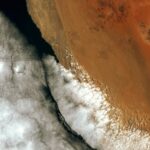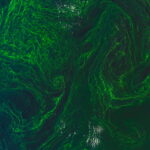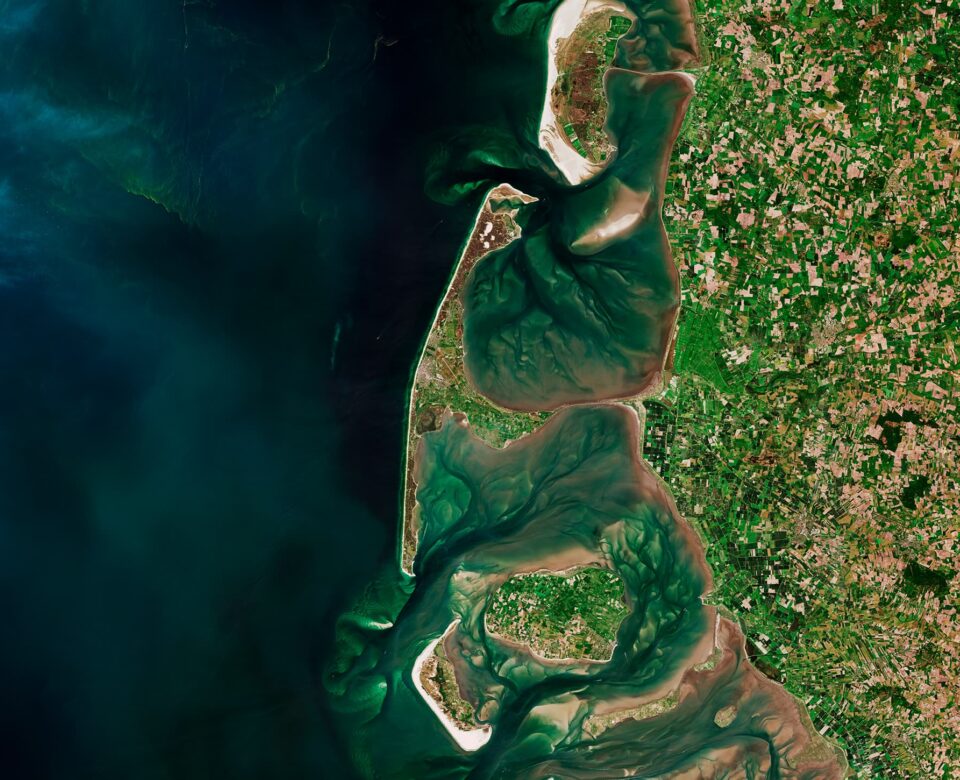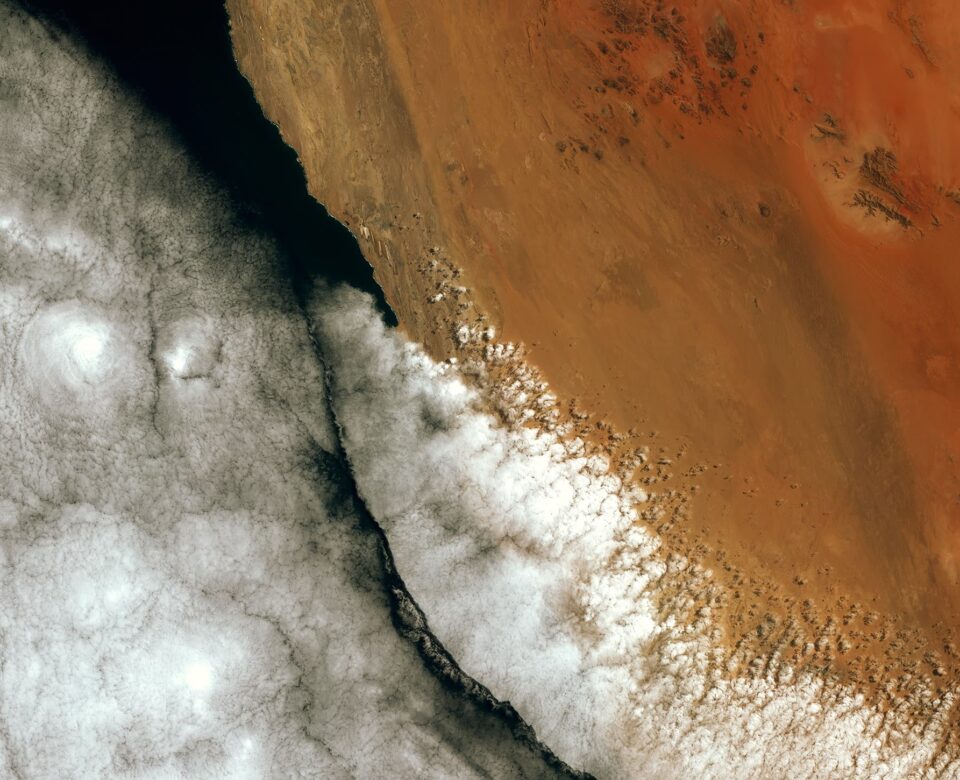
Nature’s Pathways
March 13, 2024
Revealing the Unseen
March 13, 2024Marine Biodiversity
Under Pressure
Great barrier reef
Stretching more than 2000 km and covering more than 350,000 sq km, the Great Barrier Reef is the planet's largest single structure made by living organisms known as coral polyps. In recognition of its significance, the reef was made a UNESCO World Heritage Site in 1981. Image taken by Copernicus Sentinel-2A satellite.
© Sentinel-2A, Copernicus, ESA
The ocean contains an immense variety of life from single-celled microorganisms to massive whales and sharks. So far, about 226,000 marine species have been identified and recorded, but biological diversity in the oceans globally is rapidly reducing due to fast changes in water temperature, salinity, and nutrient concentrations, as well as overfishing, habitat destruction, and the introduction of foreign species. Satellite observations can contribute to monitoring endangered species and ecosystems.
Holbox Island is separated from mainland Mexico by a shallow lagoon. This false-colour image taken by the Copernicus satellite Sentinel-2 has been processed in a way that highlights vegetation in bright red. A large quantity of the brown seaweed known as "sargassum" can be seen floating in the sea. The brown algae is an important habitat for many species, yet when it collects along coastlines it rots and produces a pungent smell causing havoc for both the environment and tourist industry.
© Contains modified Copernicus Sentinel data (2019), processed by ESA, CC BY-SA 3.0 IGO

Lorna Inniss
Regional coordinator of the subcommission for the wider caribbean region
UNESCO Intergovernmental Oceanographic Commission
Colombia
As it floats, sargassum seaweed forms large mats that can be seen from Space. Once they reach coastal areas, the mats cause problems for human health, tourism, and fisheries. The seaweed is not only bad, however, because the mats provide food and habitat for many species of fish and marine organisms.

Maahil Ahmed (Coco)
Diver and Coral Tank Technician
Maldives Underwater Initiative



